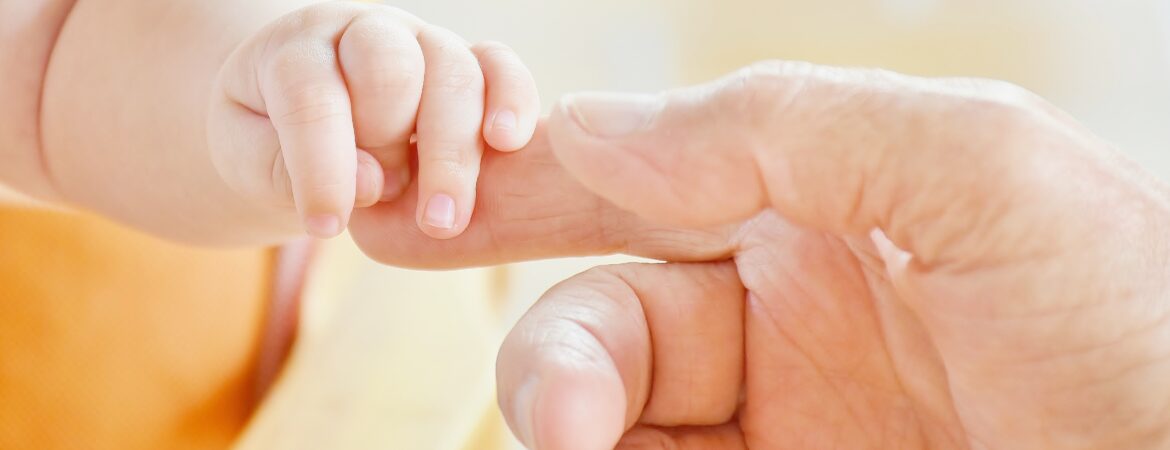
On 29th September the government’s Child Safeguarding Panel published a briefing paper into bruising in non-mobile infants.
This paper is part of an ongoing series of publications designed to share information arising from the work the panel is doing with both its safeguarding partners and those working in child protection. It explores the current guidance on the management of bruising in non‑mobile infants given the evidence that’s recently been published and the different approaches those involved are employing.
The Child Safeguarding Panel has long been aware of these changes and were concerned how they might be interpreted and how these interpretations could influence the policy and guidance being given by local authorities.
As a result, the Panel hosted a roundtable in September 2021. During the session those present analysed the available evidence around bruising in non-mobile infants and discussed how this evidence was being interpreted and used.
What are the main points covered by the paper on bruising in non-mobile infants?
While the paper provides a great deal of detail, we would summarise the key points as:
- Guidance for all professionals (including in children’s social care, early years settings and the police) involved in child safeguarding.
- The need to clarify the definition of what is meant by a child not being independently mobile as they can’t crawl, cruise or shuffle and, more specifically, the particular risks children who are unable to roll over face.
- The need for any non-mobile children with bruising to receive an assessment from a health professional with the appropriate expertise and multi-agency cooperation to highlight any other information on the child and its family and any known risks so a decision can be made as to whether further investigation is needed.
- The need for an initial appraisal of the circumstances before passing the case onto the police.
- All safeguarding partners need to review their current policies on bruising in non-mobile infants, so they are confirmed as consistent with the evidence base and national guidelines.
- Looking longer term, the DHSC should work with NICE and the RCPCH to review the evidence and consider whether the current guidance could/should be updated and improved.
What is the Child Safeguarding Panel?
The main role of the Child Safeguarding Panel is to review cases in which children have died or in which it is suspected that a child has been seriously harmed, abused or suffered from neglect. Alarmingly, 37% of the serious incidents they reviewed in 2020 involved children who were less than a year old.
As well as examining these cases, they use their insight to improve the way safeguarding is delivered and make recommendations as to how the use of evidence and associated national guidelines can be improved.
How does bruising in non-mobile infant relate to Non-Accidental Injury?
Bruising in non-mobile infants is one form of Non-Accidental Injury (NAI), the term that is used to describe the many different physical injuries or abuse a child can suffer.
NAI is an area in which Westgate Chambers’ Maria Hancock excels.
In two recent cases, Maria was able to successfully argue that either her client was not the perpetrator of injuries suffered or that no findings of NAI could or should be made at all. This resulted in the children involved being reunited with her clients.
If you would like to discuss a case involving alleged Non-Accidental Injury (NAI) or bruising in non-mobile infants with Maria in a matter, please contact her clerks today.
Leave A Comment